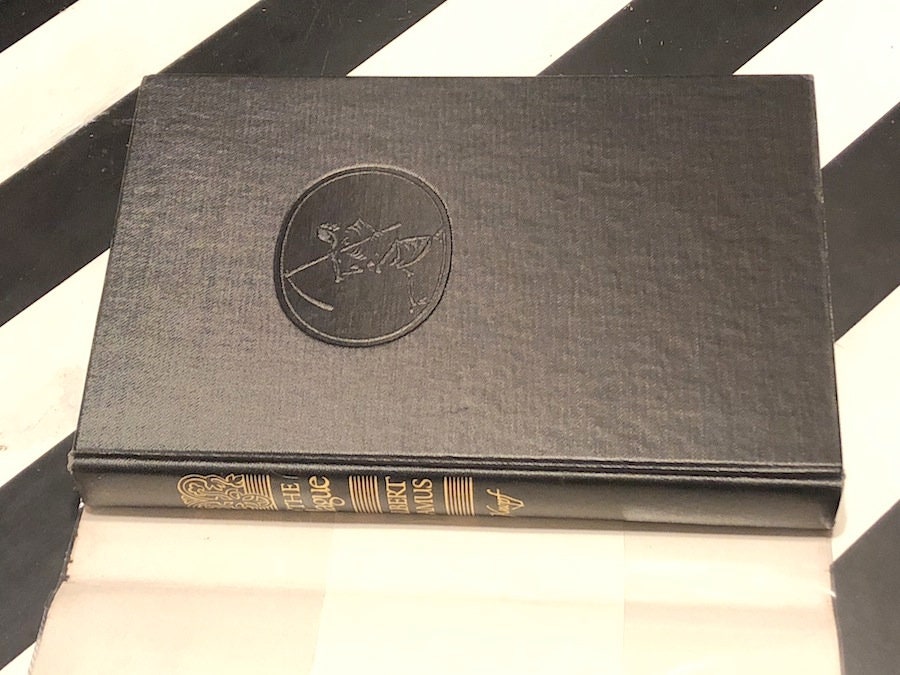
Oran and its surroundings were struck by disease several times before Camus published his novel. Ĭamus used as source material the cholera epidemic that killed a large proportion of Oran's population in 1849, but situated the novel in the 1940s.

The novel presents a snapshot of life in Oran as seen through the author's distinctive absurdist point of view. The narrator remains unknown until the start of the last chapter, chapter 5 of part 5. Published in 1947, it tells the story from the point of view of a narrator of a plague sweeping the French Algerian city of Oran.

So, I’m not sure to what degree the astute nature of his writing can be attributed to his reading about previous plagues, or to his first-hand experience of being bedridden with an illness, embedded in a town where people were hiding from a much more militaristic and malignant sort of ‘plague’.” Read more.The Plague ( French: La Peste) is a novel by Albert Camus. Camus was in this village as this was happening, as people were hiding, as they were separated from their loved ones, while he himself was separated from his loved ones. In this small, poor, rural village they banded together and pooled their resources to save somewhere between three and five thousand Jews from the Nazis. The remarkable events that took place there were the basis for the book called Lest Innocent Blood be Shed by Philip Paul Hallie. But one thing that’s really interesting in the background is that, for at least a period of time while writing the novel, Camus was trying to recover from a bout of tuberculosis and he was staying in a village in southern France in the Free Zone (Vichy). Other people have argued that he was reading about plagues during the time that he was writing this. I’m not necessarily sold on that as the exclusive interpretation of the novel.


The ‘plague’ is generally taken to be a metaphor or meta-commentary on Nazism during World War II. “It has been said that he did extensive research for The Plague.


 0 kommentar(er)
0 kommentar(er)
